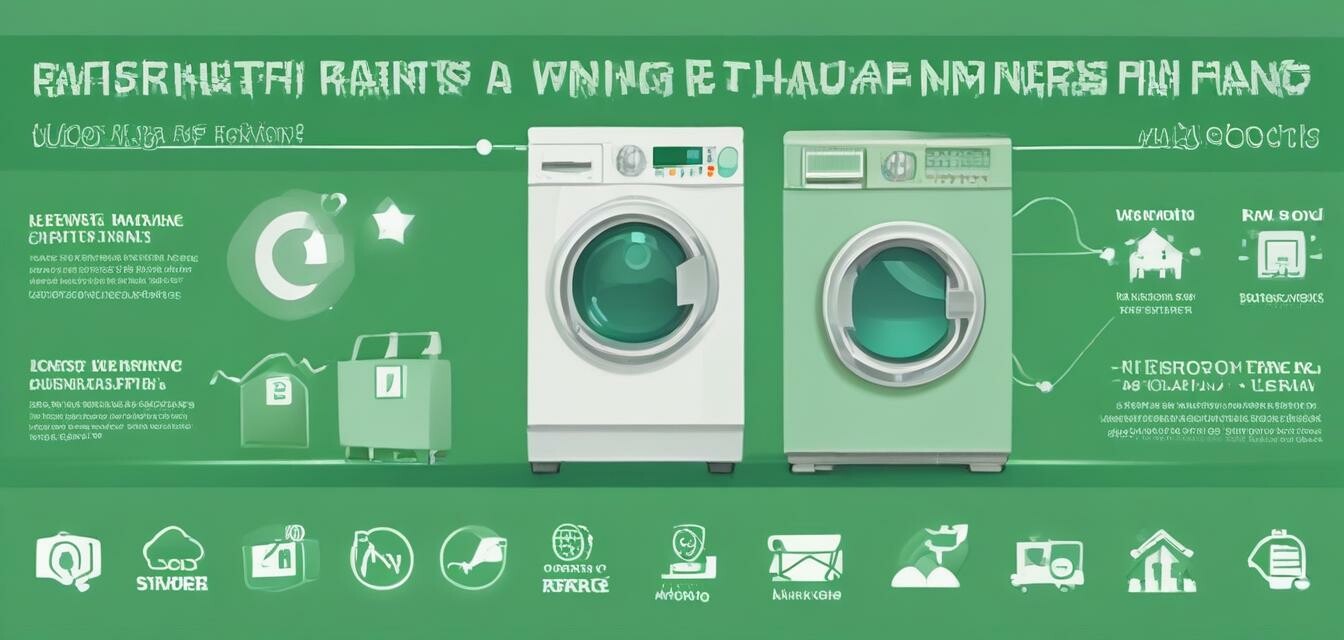
Understanding Energy Star Ratings: A Consumer Guide
Key Takeaways
- Energy Star ratings help you choose energy-efficient appliances.
- A higher rating often leads to lower energy bills.
- Understanding the certification process is crucial for making informed choices.
- Look for additional features in energy-efficient appliances.
When it comes to choosing appliances for your home, you've likely encountered the Energy Star rating system. This guide will clarify what Energy Star ratings mean, how they can guide your purchasing decisions, and why they are important for both the environment and your wallet.
What is an Energy Star Rating?
The Energy Star rating is a certification provided by the U.S. Environmental Protection Agency (EPA) for energy-efficient products. This label helps consumers identify appliances that meet specific energy conservation standards, allowing them to reduce electricity usage and lower their utility bills.
History and Purpose of Energy Star Ratings
Launched in 1992, the Energy Star program originally focused on computers and monitors. Today, it has expanded to encompass a wide variety of household and commercial appliances, including refrigerators, washing machines, and air conditioners.
How are Energy Star Ratings Determined?
Energy Star ratings are determined through rigorous testing and performance assessments conducted by the EPA. Products must meet or exceed specified energy efficiency criteria to earn the label. These standards consider:
- Annual energy use
- Energy efficiency during operation
- Environmental impact
Benefits of Choosing Energy Star Rated Appliances
Opting for appliances with Energy Star ratings offers several advantages, including:
Pros
- Lower energy bills: Energy Star appliances consume less power.
- Environmental impact: Reduced energy consumption helps lower carbon emissions.
- Incentives: Many utilities offer rebates for purchasing Energy Star products.
- Quality assurance: Energy Star products undergo thorough testing and standards.
Cons
- Initial cost: Energy Star appliances may have a higher upfront cost.
- Limited choices: Some products may not have Energy Star options.
Understanding the Energy Guide Label
Alongside the Energy Star label, you may also notice the Energy Guide label. This yellow sticker provides information on estimated yearly energy costs for that appliance, allowing consumers to make more informed comparisons.
| Appliance Type | Annual Energy Usage (kWh) | Estimated Cost per Year ($) |
|---|---|---|
| Refrigerator | 400 | 48 |
| Washing Machine | 350 | 42 |
| Dishwasher | 290 | 34 |
Choosing the Right Energy Star Appliances
When selecting Energy Star-rated appliances, consider the following factors:
- Look for the Energy Star label for confirmation of efficiency.
- Compare the Energy Guide labels and annual costs of similar appliances.
- Assess additional features that may enhance efficiency, like smart technology.
Conclusion
Understanding Energy Star ratings empowers consumers to make informed decisions regarding their appliance purchases. By investing in Energy Star-rated products, you not only contribute to energy conservation but also save money in the long run. Explore our resources on buying energy-efficient appliances and learn more about maintaining these vital investments to keep your home running efficiently.
Further Resources
For more tips on maximizing your energy efficiency, check out our Tips and How-to Articles for expert advice on optimizing appliance use and maintaining peak performance.
